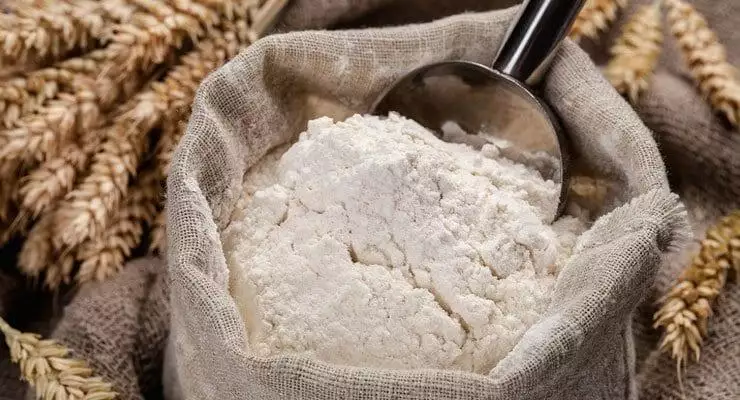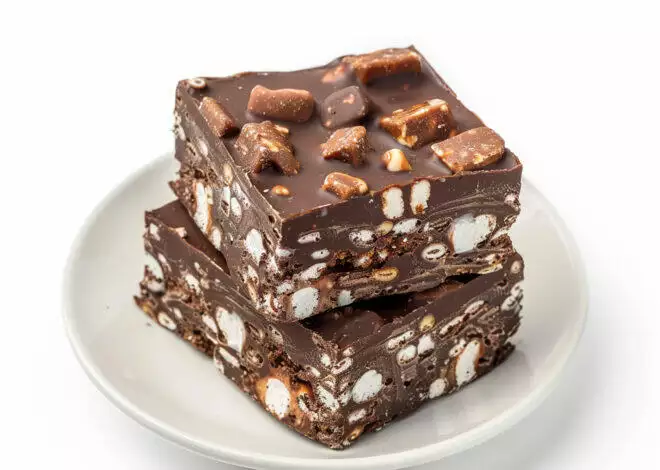Making substitutions when you are baking can make you look like an expert chef when you are missing an ingredient in your pantry. Yet, doing it wrong can result in disaster. The question of whether or not self-rising flour can be used in place for baking soda is a common one. After all, it seems as though that box of baking soda always goes missing when you want to bake. The answer to this question can be a bit complicated because it depends upon what type of food you are trying to bake since different recipes depend upon specific ingredients to create that light, airy texture.
Enjoy a Crash Course In The Science of Baking Soda
Get out those chemistry books because cooking really is based on science, or just learn these baking soda basics. You might recall those early childhood science fair projects when you combined an acidic ingredient with a base that contained alkaline. Think vinegar and baking soda volcanoes if none come to mind. When you mixed these ingredients, a gas was formed that made tons of little air bubbles. This is basically how baking soda works in your recipes. Acidic ingredients in your recipes may include lemon juice, cream of tartar or buttermilk. When the baking soda reacts with these ingredients, the gas bubbles become trapped in the dough and cause it to rise.
Understand How Baking Powder Differs From Baking Soda
Baking soda relies upon a careful balance between the acidic and alkaline ingredients in your recipe. Baking powder reduces the guesswork with this balance by mixing baking soda with dry acidic ingredients. There is also a neutral ingredient included in baking powder such as cornstarch that makes sure that the interaction doesn’t occur too early. This basically eliminates the risk of accidentally using too much or too little of an acidic ingredient in the recipe. If you decide to try substituting baking powder for baking soda, use one teaspoon of the powder for every ¼ teaspoon of baking soda that your recipes calls for.
Now Take It One Step Further With Self-Rising Flour
Self-rising flour was developed to give bakers total control over the consistency of their results. This is because the perfect amount of baking powder, salt and all-purpose flour are all combined at the factory. This takes the guesswork out of trying to create a perfectly balanced recipe. It also reduces the steps in the recipe since three of the main ingredients are all combined into one. This makes it perfect for young cooks and novice bakers who are still learning how to measure ingredients with accuracy. There is 1-½ teaspoons of baking powder in every cup of self-rising flour. While you can substitute self-rising flour for all-purpose flour in a recipe if you discover that you do not have baking soda, it will be necessary to make a few adjustments to make sure you keep that delicate acid and base balance.
Make Adjustments Like a Master Chef
A recipe that calls for baking soda should also have acidic ingredients on the list such as vinegar or buttermilk. Since self-rising flour already has the acids mixed in, you will need to substitute a non-acid ingredient for those containing acids. This is easier than it seems. For example, you can use dutch-processed cocoa instead of natural cocoa, which is an acid. Whole milk can be used to replace buttermilk. You may notice that quick breads do not get that gorgeous brown color as well when you substitute for baking soda, but you can correct this by turning up the heat during the last few minutes of cooking. You can also brush the tops of breads with egg whites at the end to deepen the browning process.
Now that you know how to substitute other common ingredients for baking soda, you never have to worry about finding an empty box in the pantry. Have fun playing with your ingredients now that you know the basics of kitchen chemistry.
Still need to know more about Flour? Here you go:






